What is cat grass?
Cat grass is an umbrella term for several grass species that are grown and sold specifically to be chewed and eaten by cats. Here are a few of the most used species, sorted by their popularity in stores:
- Oatgrass (Arrhenatherum elatius)
- Common Oat (Avena Sativa)
- Barley (Hordeum vulgare)
- Wheat (Thinopyrum intermedium)
- Alfalfa grass (Medicago sativa)
- Rye (Lolium perenne)
- Umbrella papyrus (Cyperus Alternifolius or ‘zumula’)
Why do cats need cat grass?
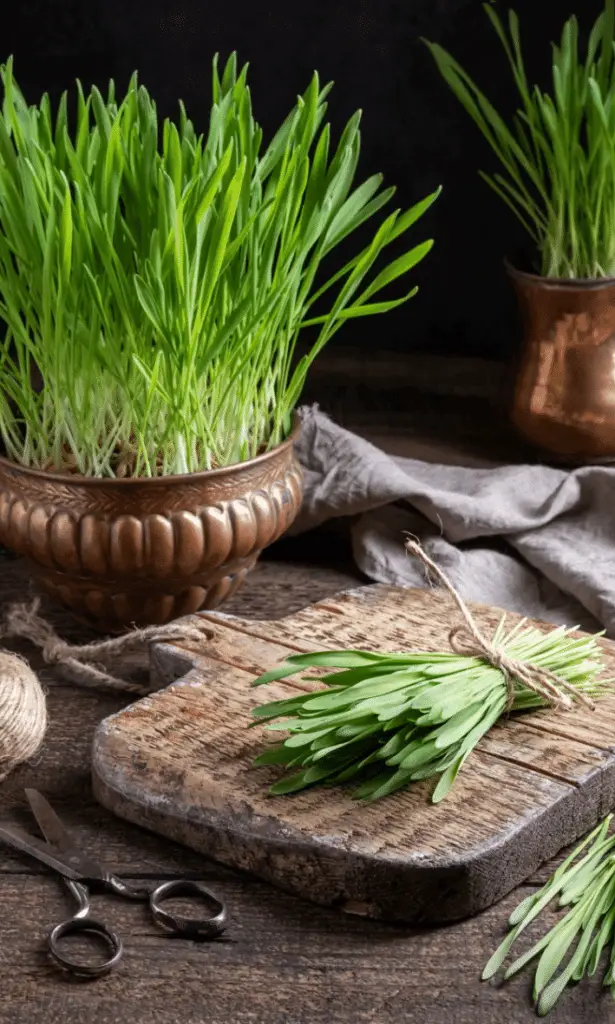
Cats are obligate carnivores, which effectively means their entire body is built to digest meat. Plants, on the other hand, are not very digestible at all. In fact, eating greens will often cause a cat to gag or even vomit. But if you’ve owned a few cats in your life, you’ve likely seen one chewing grass outside at some point. So why the heck do they still eat it?
There are a few possible reasons why cats eat grass. The most important one being that vomiting helps to remove hairballs. We will also see that there is a range of other unsuspected benefits.
The theory of functional vomiting
One of the most popular theories among experts is that cats eat grass because it works as a laxative, but also induces vomiting. The act of vomiting is helpful because it facilitates the removal of clogged-up hairs that got stuck in the intestinal tract. Vomiting may also help expel indigestible pieces of food left in the stomach, like bits of teeth and calcified bone fragments.
These clogged-up hairs are known as hairballs; they are the small balls of fur that cats cough up every so often. Expelling these, either through feces or vomit, is important for the health of your cat. If hairballs remain in the body for too long, they can grow bigger and eventually cause painful blockages and other gut problems.
Vitamins & trace minerals
But there are more benefits! Another possible reason that cats like to nibble on grass from time to time is that the chewed leaves release chlorophyll and several other nutrients that are present inside the material. Let’s take a look:
1. Chlorophyll
This bright green substance is a collection of pigments found in the leaves of plants. Chlorophyll is what allows plants to extract energy from sunlight, which they need to grow by the process of photosynthesis. Since sunlight is the main source of energy on our planet, the earth would probably be a lot more desolate without chlorophyll!
Much like the fatty acids in salmon, ingesting chlorophyll is associated with a whole range of health benefits. And while not all of these benefits have been scientifically proven, chlorophyll is a for sure a good supplement for numerous reasons:
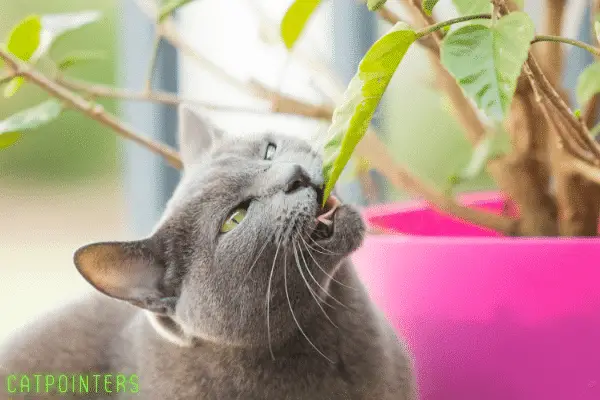
- stimulate the immune response
- help combat skin diseases
- reduce inflammation and bacterial growth
- detoxification
- prevent cancer
2. Folic Acid
This vitamin is essential for the production of hemoglobin (which is a very important molecule that facilitates the transportation through the bloodstream in many animals). Since folic acid is not present in raw animal meat, it makes sense that wild cats needed to find a different source to acquire this essential nutrient.
Nowadays, folic acid is commonly added to commercial cat food. This means that in most cases, cat grass is not essential to a domestic cat for its folic acid content. But since many people are putting their cats on raw diets again, cat grass may very well become useful as a supplement.
3. Fibre
While grass works as a laxative, it also contains a lot of healthy fiber. In case you’re wondering what fibers are, they are indigestible parts in food that help move food through the bowels and digest it efficiently. Like the act of vomiting, fiber may also help move clogged hairs through the intestines so that they can be pooped out
Too much..?
You may worry that your cat could get problems from eating too much grass, especially if it leads to frequent vomiting. But the truth is that larger quantities can be very helpful for the declogging and subsequent expelling of hairballs from the stomach.
So there is no limit to the amount of grass your cat is allowed to eat. Most veterinarians agree that cat grass can be placed in a convenient spot and that your cat should be allowed to nibble away at her own discretion.
Where to put it
When deciding on a spot, one thing to remember is that cats can easily mistake one plant for another. Many common household plants like aloe vera, ivies, and lilies are highly dangerous to cats. Do not put the grass next to such plants. In fact, you may want to move such plants to a location where they can’t be reached by your feline friend.
Multi-cat families: If you have multiple cats, consider giving each their own piece of grass. In doing so, you prevent your cats from having to compete over their resources, which causes stress.
Safety concerns
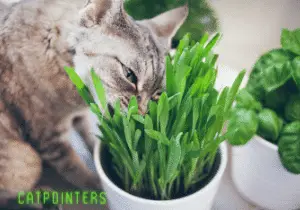
You may be worried whether eating grass is a safe thing to do. The answer is yes, as long as you buy a species of grass that is sold by a pet store for this specific purpose, your cat should not experience any problems after chewing it.
It may in fact be more safe alternative to your neighbors’ grass, which could potentially be contaminated with all kinds of pesticides. No substance found in cat grass is toxic to felines, and there are also no known cases of cats dying from eating too much cat grass.
Frequently asked questions
All plants are dependant on their environment. If there is enough sunlight and water for growth, your grass could last up to two weeks.
Placing your grass behind a window will ensure enough sunlight gets in for photosynthesis.
If you are buying this product specifically to aid with the prevention and expelling of hairballs, any type of grass sold for cats will do.
When you’re buying grass for its potential health benefits, oat grass contains the highest amount of protein and healthy soluble fibers.
You may introduce your cat by offering them a single blade. In some cases, a little taste is all that’s needed to light the spark. But there are also cats who simply refuse to chew on grass. You may have to experiment and see for yourself.
One particular species has special properties that could be beneficial for senior cats: alfalfa grass. Scientific studies have shown that it may be useful in the prevention and treatment of chronic kidney disease, which is the most common disease among senior cats.
Cat grass is not expensive and has proven benefits. A growing kit with some soil and seeds should only set you back 5 to 10 dollars. If you think this is too much, you could also go outside and try to find some in nature.
Did you enjoy this article? Share it with your friends!

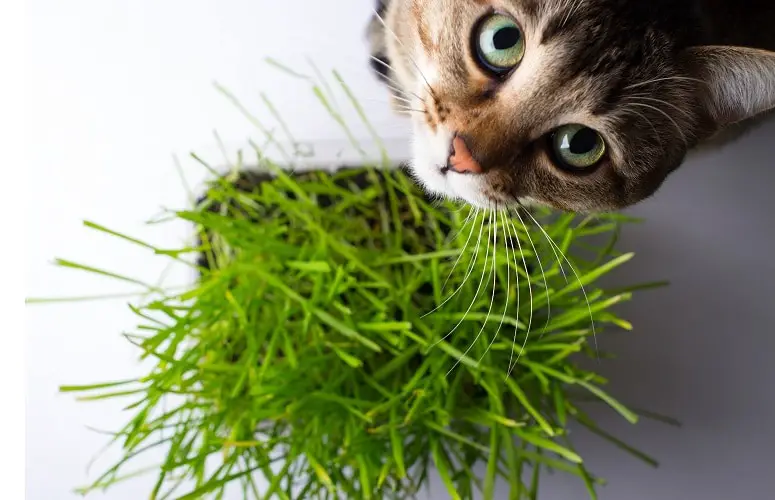
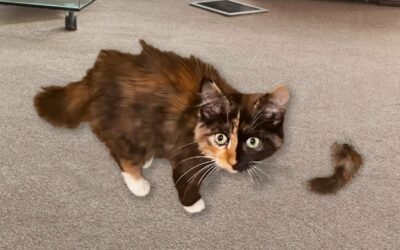
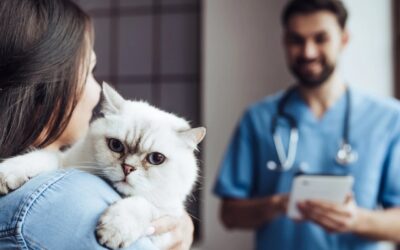
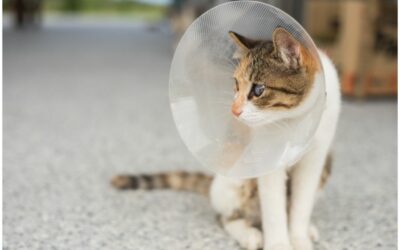

I’ve been telling my friends with indoor cats they should pick up some grass for ages, but most dont seem to make a priority of it. Personally i’ve always bought grass for my kitties Tommy and Blackie as I believe it is super helpful!
There was quite a few interesting facts in this article that I never heard before. Thanks for the great read.
Very interesting articles, nice to reed en helpful in increasing the knowledge about cats